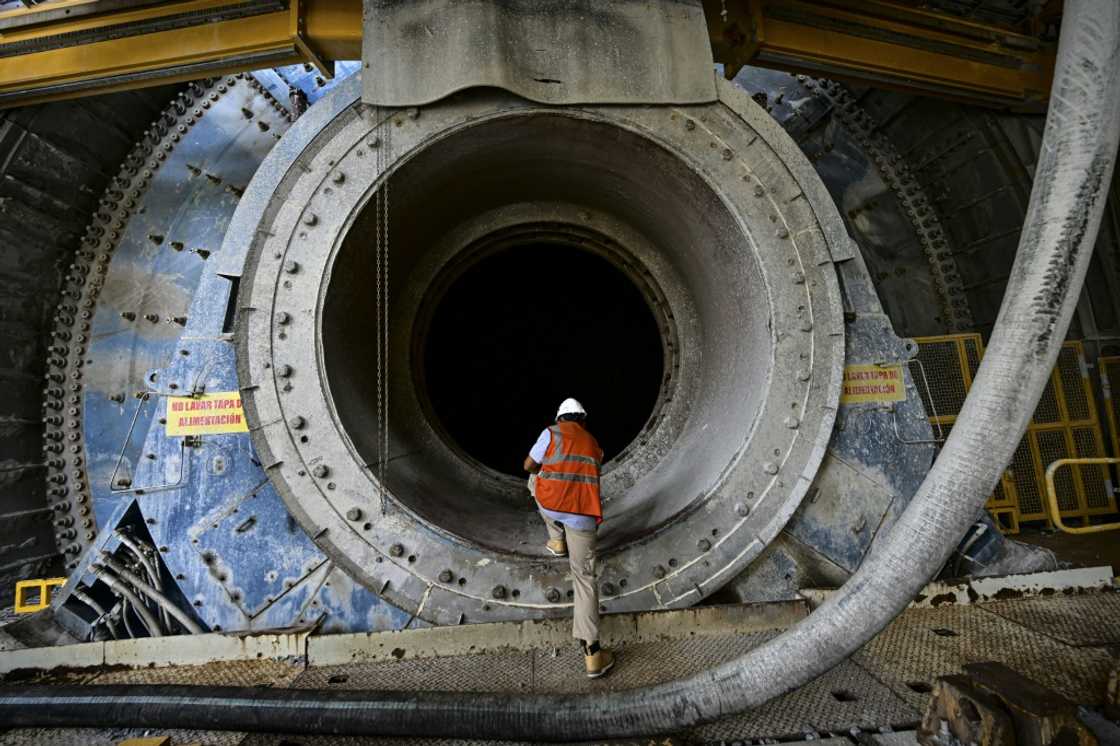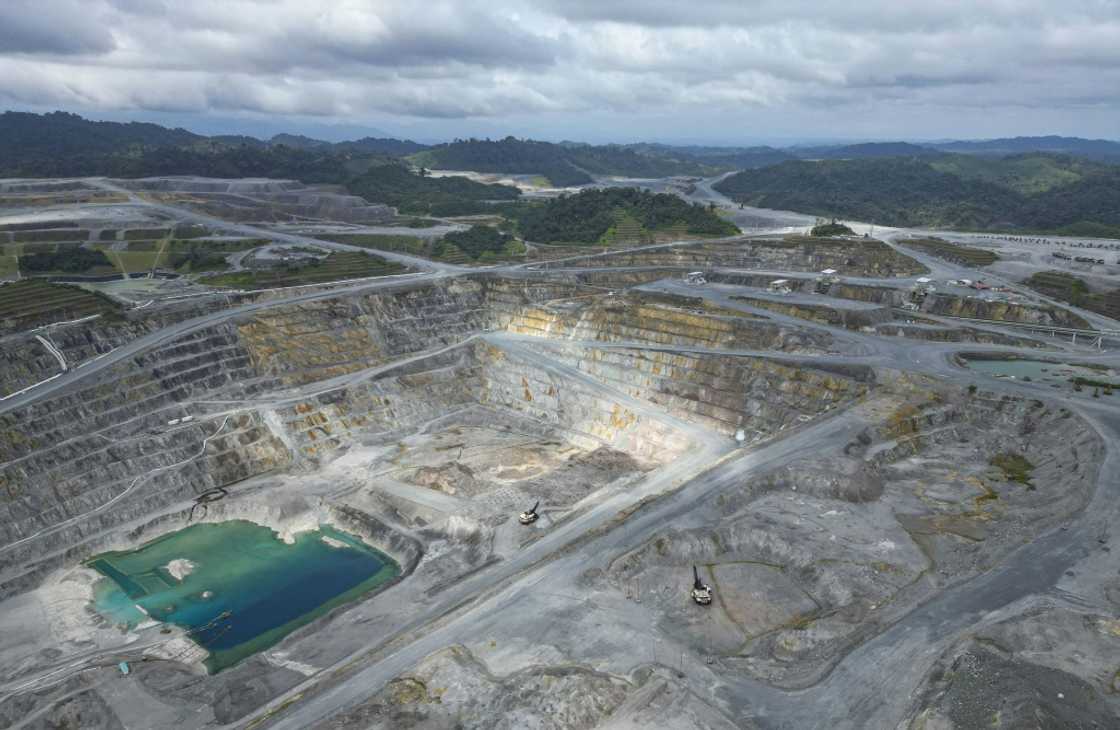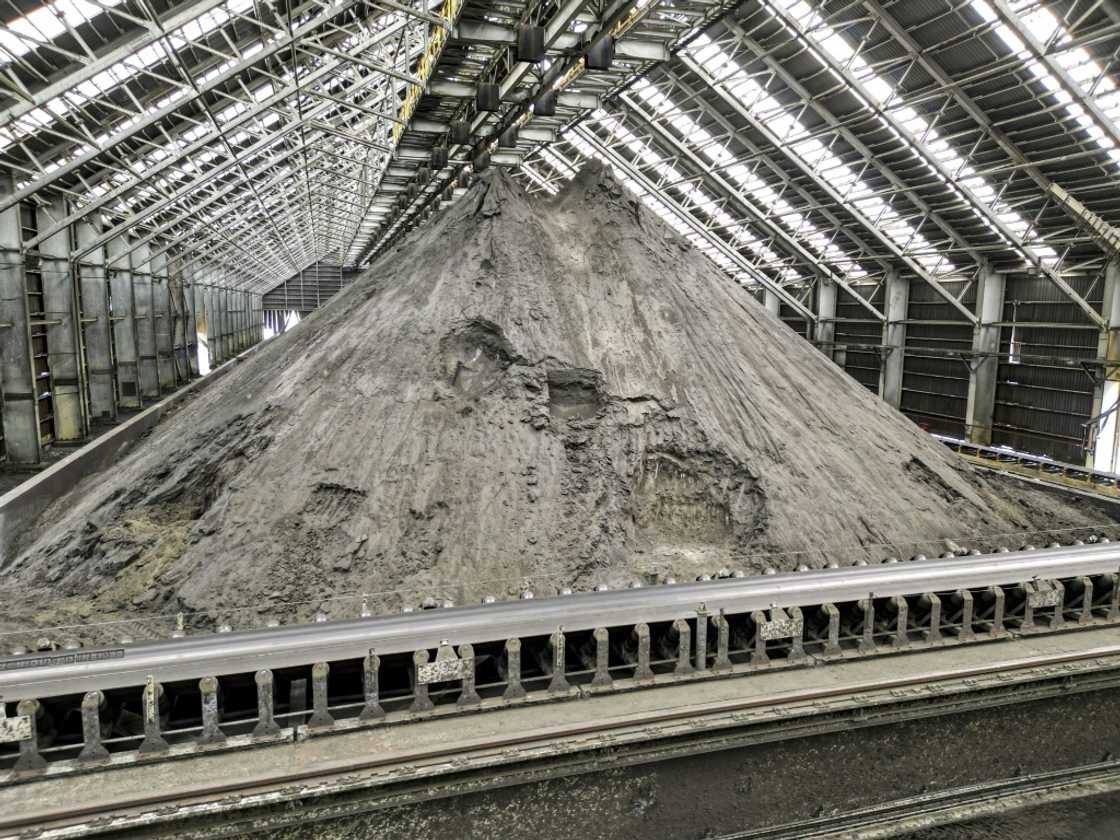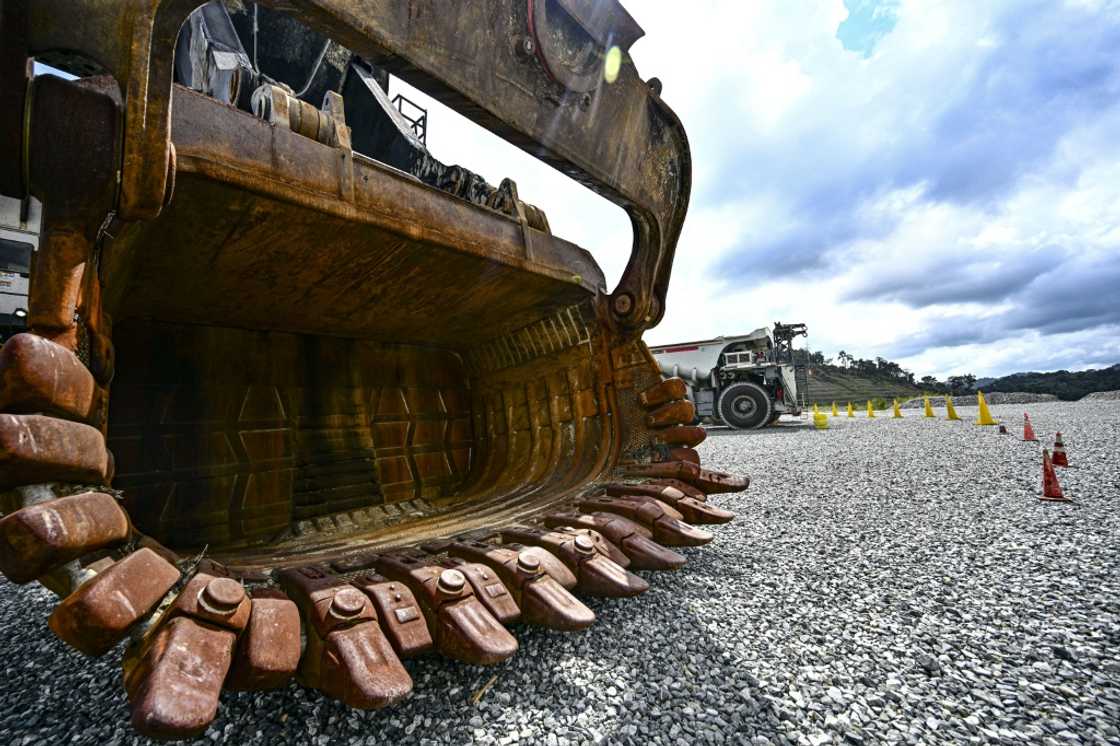
Stacks of copper concentrate from a mine owned by Canadians, which was shut down by Panamanian courts in 2023, are located along the Caribbean coastline. These piles have recently received approval for shipment abroad, much to the chagrin of environmental advocates.
A red and white chimney acts as a navigational marker for vessels, yet no ships have moored here in over a year at the Cobre Panama mine, which has been managed by Canada's First Quantum Minerals since February 2019.
Earlier this month, Panama's President Jose Raul Mulino stated that he has approved the company to export the copper concentrate they have already mined prior to shutting down Central America’s biggest open-pit mine.
Approximately 130,000 tons of material are kept in a large warehouse close to the harbor.
As a reply, the mining company indicated its willingness to halt the multibillion-dollar arbitration process against Panama concerning the mine’s shutdown.
Both supporters and opponents view the mine's development as an initial move towards its potential restart, even though Mulino mentioned that several points remain to be discussed.

"The president has provided us with hope for the future," said Sebastian Rojas, the port maintenance manager at Cobre Panama, during a media tour on Friday.
In November 2023, after several weeks of disruptive demonstrations against the environmental effects of the mine, Panama’s highest court decided that an agreement approved under ex-president Laurentino Cortizo's administration was not in line with the constitution.
As a result, the firm started international arbitration proceedings to seek $20 billion in damages.
Machinery sits idle
Near the smokestack of the Thermoelectric Plant of Cobre Panamá, which has likewise received approval for resumption of operations, lies a massive crater formed through explosions and extensive drilling.
Miles of pipelines and extensive conveyor belts mirror the architecture of an overpass railway system.

"This is an industrial city," remarked Hugo Mendoza, formerly a heavy machine operator and currently a guide for mine tours.
Panama Copper Corporation has yielded approximately 300,000 tons of copper concentrate annually, accounting for 75 percent of the nation’s exports and roughly five percent of its gross domestic product.
The closure cost the Panamanian government approximately $600 million annually in revenues and cast doubt on the safety of foreign investments within the nation.
This shutdown resulted in approximately 36,000 direct and indirect jobs being lost. Currently, the mining firm retains just roughly 1,300 staff members for upkeep activities.
Mulino said this week that he was willing to negotiate with First Quantum about a possible reopening of the mine, angering opponents of mining.

"One would think the government is acting as the company’s lawyer or legal counsel," stated Lilian Guevara, a leader of the Panama Is Worth More Without Mining initiative, which unites 45 non-governmental organizations.
She added that it’s attempting to unlawfully restart operations at this mine.
In neighboring areas, people have mixed feelings about the mine—some see job opportunities while others worry about ecological impacts.
Following the halt, the firm has been shelling out approximately $20 million each month for machinery upkeep, wage disbursements, and various other costs.
Scores of massive trucks stand stationary, each valued at millions of dollars, alongside various types of heavy equipment, much of which is gradually succumbing to rust.

No comments:
Post a Comment